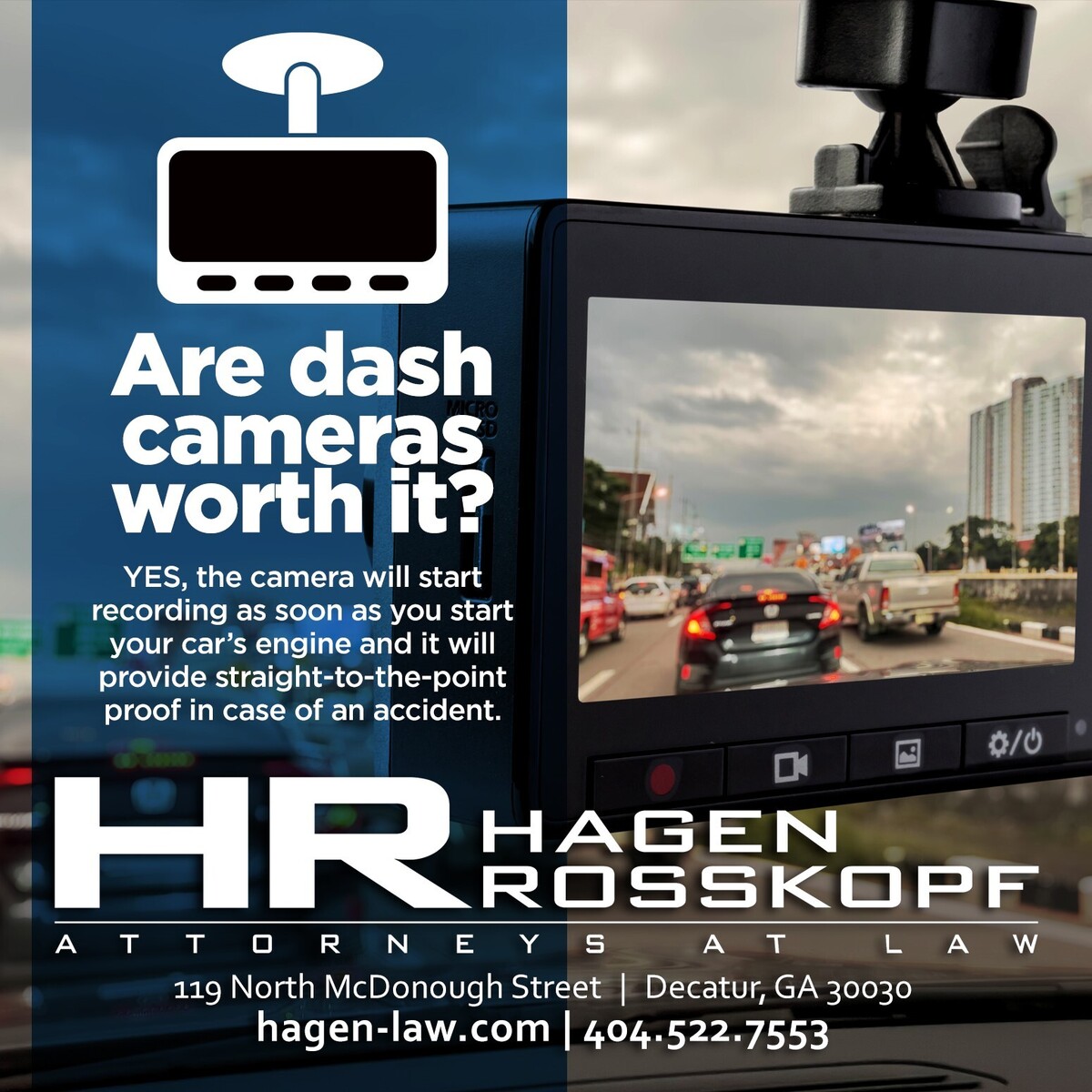Car Insurance Fraud Caught on Camera

The Backstory
A driver in Queens, NY was driving on the Belt Parkway when the driver of a silver Honda Civic merged from the center lane into the left, cutting her off, before hitting the gas and flooring the car into her bumper. The collision was caught on her dashcam including the sequence of events after the crash showing the occupants of the Honda Civic seemingly acting as if they were injured. The dashcam footage was posted on TikTok and garnered millions of views and has been reported by national media outlets.
Rear-end Crashes
When people hear about a rear-end collision, they often jump to the conclusion that the driver in the back is at fault. This assumption is so ingrained that it rarely gets questioned. In other words, no one has ever thought to question could the person in the front be at-fault when contact is made with the bumper. However, the recent viral TikTok video showcasing an individual allegedly committing insurance fraud by deliberately backing into another vehicle has started to shift this narrative.
Insurance Fraud and Social Media
The video, which has garnered millions of views, depicts a scenario where the driver in the rear car claims to have been rear-ended while, in fact, the other driver intentionally backed into them. This situation raises important questions about the reliability of initial perceptions in rear-end collisions and highlights the growing influence of social media on the car insurance industry.
As adjusters evaluate personal injury claims, the implications of this TikTok are significant. The clip has prompted many insurance adjusters to reconsider their approach, acknowledging that not every rear-end car or truck accident is as straightforward as it seems. There’s now a heightened awareness that circumstances can vary, and the assumption of fault might not always apply. This is particularly important in cases where the driver in front may have contributed to the wreck by reversing unexpectedly or behaving recklessly.
Why You Need A Dash Camera
Given this new context, it's more crucial than ever for individuals involved in rear-end collisions to gather evidence. Dash cams can provide crucial video footage that documents the events leading up to an accident, helping to clarify fault in complex situations. Additionally, securing eyewitness testimony can further substantiate claims and counteract any narratives that may arise from social media portrayals of accidents.
The influence of platforms like TikTok on public perception and professional practices is undeniable. While these videos can entertain, they also shape how adjusters and the general public understand various scenarios, including rear-end crashes. We may see the effects of this re-shaping when jurors at trials are asked to decide who is the at fault party who should be held financially liable.
This phenomenon serves as a reminder of the importance of gathering accurate evidence and remaining vigilant about how social media narratives can impact real-world outcomes. Evidence can be collected from dash cams both front and rear, fitness trackers, video and photos from cellphone cameras, and even from phone and text data.
The evolving narrative around rear-end collisions—prompted by viral content—underscores the necessity for drivers to document their experiences thoroughly. As adjusters adapt to these changes, staying informed and prepared can help ensure fair evaluations in an increasingly complex landscape.

Why You Need a Dash Camera
Given this new context, it's more crucial than ever for individuals involved in rear-end collisions to gather evidence. Dash cams can provide crucial video footage that documents the events leading up to an accident, helping to clarify fault in complex situations. Additionally, securing eyewitness testimony can further substantiate claims and counteract any narratives that may arise from social media portrayals of accidents.
The influence of platforms like TikTok on public perception and professional practices is undeniable. While these videos can entertain, they also shape how adjusters and the general public understand various scenarios, including rear-end crashes. We may see the effects of this re-shaping when jurors at trials are asked to decide who is the at fault party who should be held financially liable.
This phenomenon serves as a reminder of the importance of gathering accurate evidence and remaining vigilant about how social media narratives can impact real-world outcomes. Evidence can be collected from dash cams both front and rear, fitness trackers, video and photos from cellphone cameras, and even from phone and text data.
The evolving narrative around rear-end collisions—prompted by viral content—underscores the necessity for drivers to document their experiences thoroughly. As adjusters adapt to these changes, staying informed and prepared can help ensure fair evaluations in an increasingly complex landscape.

